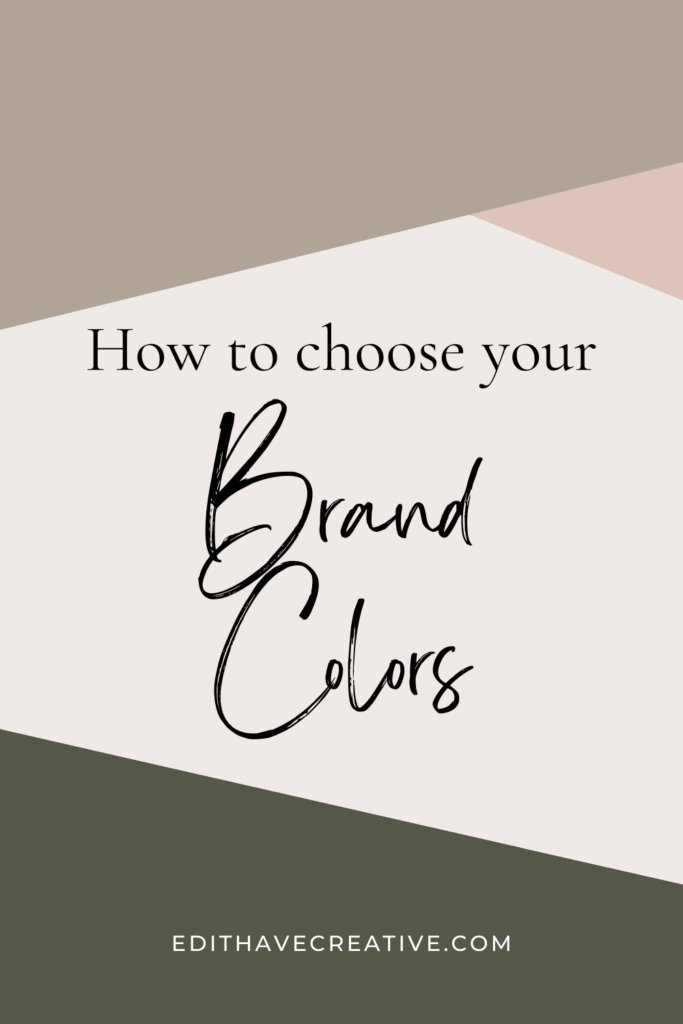Brand colors are a significant aspect of building a brand identity. Selecting the right brand colors can be a creative and empowering process for your business. They evoke emotions, convey messages, and attract customers. Imagine your brand as a painting. Your logo, website, marketing materials, and even the attire you wear while representing your business are all part of this canvas. The colors you choose can convey emotions, establish recognition, and leave a lasting impression on your clients. Here’s how to make sure your brand’s colors hit the mark:
1. Determine the Emotions You Want to Evoke
Start by determining the emotions you want to evoke from your customers. Your brand color should reflect the feelings you want your brand to be associated with. For example, blue represents trust and reliability, while yellow symbolizes sunshine and happiness. Think about what colors align well with your values and the emotions you’re going for.
2. Think About Accessibility
When choosing brand colors, it’s also essential to consider accessibility. Different people perceive colors differently, so ensure that the colors you choose are easy to distinguish, especially for those who are colorblind. Test your chosen colors on different devices and backgrounds to make sure they are legible. Consider how the colors work when used as text or in the background and make sure to have high contrast between them. Here’s a website where you can test if your colors would have enough contrast to be considered accessible.
3. Narrow down your color palette
Too many colors in your color palette can look overwhelming and not give you a consistent brand image. There is also a balance of having enough colors to fit all the uses you may need, so I would recommend picking about 4-5 colors.
- Primary – This is going to be the color that is more predominately featured in your logo and brand elements
- Secondary – You may want to designate another color or neutral that pairs well with your primary
- Accent – used for accent graphics and CTA buttons
- Dark Text – This doesn’t necessarily have to be black. Depending on your other colors, consider a dark gray, brown, or a really dark shade of your primary color.
- Light Text/Backgrounds – White is a classic background color, but there are times it’s nice to have a light color to break up the white — even if it’s just an off-white!
4. Test Your Colors
Now that you’ve selected your colors, the next step is to test them. Colors can look different on different devices, so test them on various screens to ensure consistency. It’s also a good idea to see how the colors look in different lighting conditions. If you want a quick way to test out a few colors, head over to the freebie library and sign up for access to the Color and Font Testing tool. This is an easy-to-use Canva template that allows you to see what colors would look like on a website, in a logo, and on social media images with just a few clicks!
5. Be Consistent
Consistency is key when it comes to branding. I saw that in most discussions of branding because it’s one of the main reasons to define a brand identity! Once you’ve chosen your brand colors, use them consistently across all your communication channels. This will enable customers to recognize your brand quickly and build trust in your business.
Remember, your brand colors are more than just aesthetics; they’re a language that communicates your brand’s essence. Determine the emotions you want to evoke, research color meanings, consider accessibility, test your colors, and be consistent. Take your time, experiment, and don’t be afraid to let your creative juices flow. Your brand colors should be as unique and extraordinary as the services you provide. Do you want some color palette ideas? Head over to the Pinterest board!








